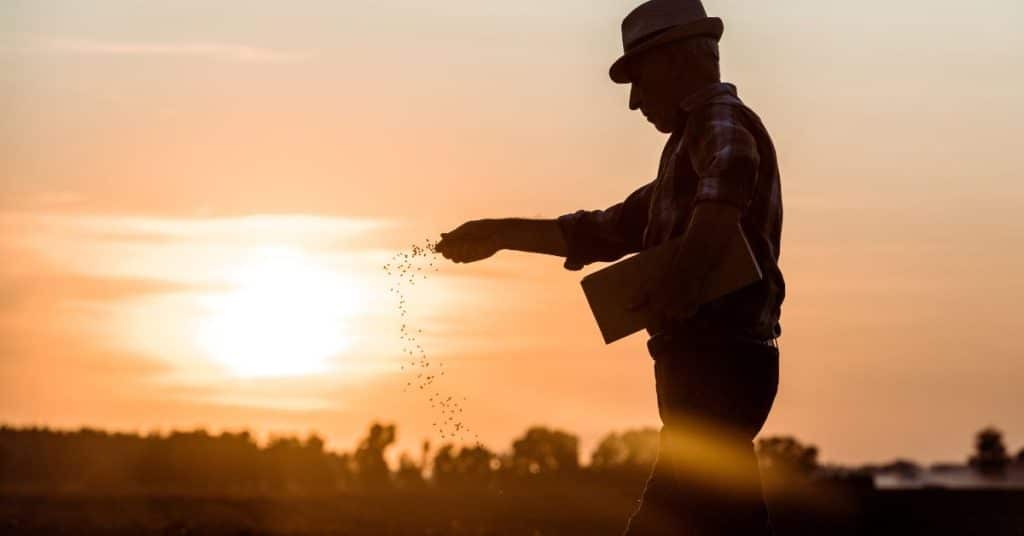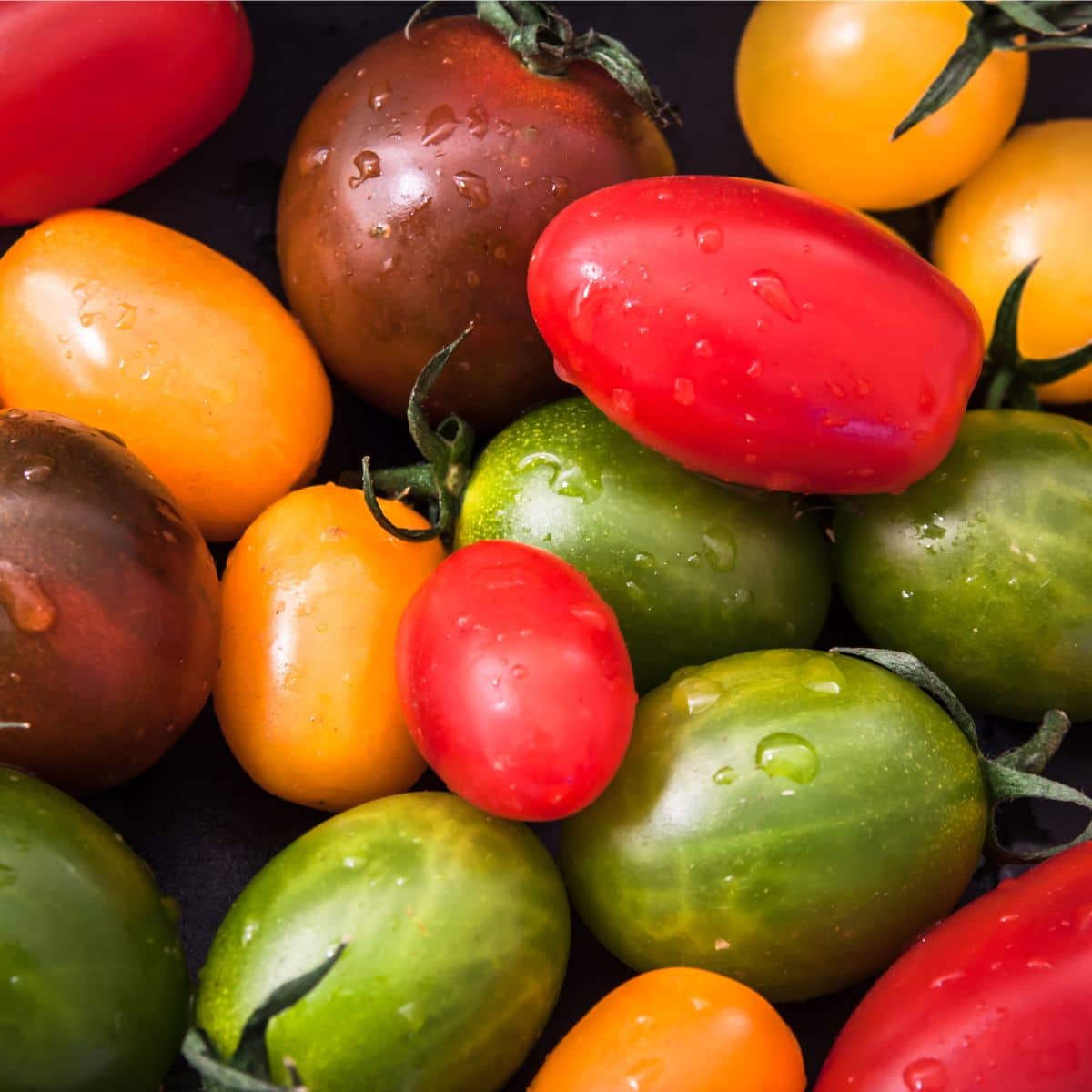

Our future food security depends as much on what we eat as on the seeds we choose to protect. A diverse diet generally promotes better human health, while crop diversity strengthens the resilience of farms and ecosystems. Yet, over the past century, we have lost the vast majority of our seed varieties, leaving the global food system more vulnerable to disease, climate extremes, and collapse. Preserving and reintroducing heirloom and traditional seeds is not just about nostalgia or flavor—it is about ensuring we have the genetic tools to feed a growing population in a rapidly changing world.
What we eat largely determines both short- and long-term health outcomes. A diverse plant-based diet, rich in fruits, vegetables, legumes, whole grains, nuts, and seeds, provides a broader spectrum of vitamins, minerals, and phytochemicals that support optimal nutrition. Research shows that individuals who consume a wider variety of plant foods per week have significantly greater gut microbiome diversity than those who consume less variety; microbiome diversity, in turn, is linked to reduced risk of obesity, heart disease, and inflammatory disorders.
Dietary diversity is also a safeguard against hidden hunger (micronutrient deficiencies that can arise when diets rely too heavily on a small number of staples, such as corn, wheat, or rice). By diversifying our plates, we strengthen our bodies, bolster our microbiomes, and reduce our vulnerability to chronic disease.
What is true for our bodies is also true for the land: agricultural systems thrive on diversity. Farms that integrate multiple crops, rather than focusing on monocultures, build resilience into their soil and ecosystems. Diverse root systems improve soil structure, increase organic matter, and enhance water retention, making fields less prone to erosion and drought.
Crop diversity also serves as a natural shield against pests and disease. A farm with multiple species creates ecological checks and balances. Pests that thrive on one crop are less likely to spread uncontrollably if other crops are present. Studies confirm these benefits: “Compared with conventional farming systems, diversified farming systems support substantially greater biodiversity, soil quality, carbon sequestration, and water-holding capacity in surface soils, energy-use efficiency, and resistance and resilience to climate change.”
In an era of increasing climate volatility, crop diversity is not just an ecological ideal. It is a survival strategy.
Despite the benefits of diversity, our food system has moved in the opposite direction. The number of seed varieties available to farmers and consumers has narrowed dramatically. Between 1903 and 1983, the US lost an estimated 93 percent of its unique seed varieties in commercial operations, according to the Rural Advancement Foundation International. This trend has continued since 1983, meaning that the vast majority of the genetic legacy behind fruits and vegetables once grown across the country has vanished in commercial operations.
More recently, public breeding programs, long the backbone of agricultural innovation, have declined substantially. According to a report from the National Sustainable Agriculture Coalition, over a third of US public plant breeding programs disappeared between 1994 and 2014, with more recent reports substantiating this precipitous decline. In place of these public breeding programs, commercial seed companies increasingly dominate the market, often prioritizing high-yield, uniform varieties suited for global distribution over locally adapted and diverse strains. The result is a global food system that is both nutritionally and ecologically impoverished.
Every seed carries unique traits that may be vital for the future of agriculture. Some varieties thrive in drought conditions; others resist particular pests or diseases. As the climate warms and extreme weather events become more common, these genetic differences could determine whether crops survive or fail. When we lose seed varieties, we also lose their potentially crucial traits. While popular commercial varieties might perform the best under ideal conditions with the help of additional fertilization and irrigation, heirloom varieties may adapt better during times of inclement weather, broader climate shifts, or prolonged flooding or drought.

Oaxacan Green Dent Corn (Mexico)
This heirloom corn has an extraordinary ability to thrive in drought conditions and poor soils, where modern hybrids often fail. Its resilience makes it invaluable for breeding programs that aim to protect staple grains against water scarcity in a warming climate.
Swarna-Sub1 Rice (India)
By incorporating a single gene from a traditional landrace, scientists developed a rice variety that can survive two weeks of complete submergence. This innovation is already protecting millions of smallholder farmers from catastrophic flood losses, showing how old genetics can provide new lifelines.
Matt’s Wild Cherry Tomato (Mexico)
This small wild-type tomato naturally resists many devastating diseases, including blight. It has also been used in breeding programs to improve the disease resistance of commercial tomato lines, helping safeguard one of the world’s most popular crops.
Andean Potatoes (Peru and Bolivia)
High-altitude farmers in the Andes still cultivate thousands of potato varieties, many capable of enduring freezing nights, intense UV radiation, and nutrient-poor soils. These diverse landraces offer traits that could prove critical for global potato security as climates shift toward harsher extremes.
Cowpeas (Africa and Southern US)
Cowpeas have been a survival crop for centuries, thriving in heat and drought while enriching soils through nitrogen fixation. Their reliability in marginal environments makes them a crucial food security crop in regions where climate change is shrinking options for farmers.
Together, these examples illustrate a powerful truth: the genetic traits hidden in traditional, heirloom, and wild seeds are our best insurance policy against an uncertain climate future. Preserving and cultivating them ensures that we have the tools to adapt our food system to droughts, floods, pests, and extreme weather events.
History offers cautionary tales. The Irish Potato Famine of the 1840s was caused by overreliance on just a handful of potato varieties; when blight struck, mass starvation followed. Today, vast fields of genetically uniform wheat, corn, and soy create a similar vulnerability. If one disease evolves to exploit these uniform crops, the consequences could ripple through global food supplies.
Seed diversity is therefore not a luxury. Rather, it is an insurance policy against the uncertainties of the future.
The good news is that biodiversity still exists, even if it isn’t found in large-scale commercial operations, and we have the power to protect it. Heirloom seeds, passed down for generations, embody both cultural heritage and genetic resilience. Unlike hybrid or patented seeds, heirlooms can be saved and replanted, ensuring their survival across time.
We can contribute by growing heirloom varieties in home gardens, supporting local farmers who cultivate diverse crops, or participating in seed exchange networks such as Seed Savers Exchange or community seed libraries. These efforts not only safeguard genetic diversity but also reintroduce flavors, textures, and nutrients that have been lost in standardized commercial produce. A Cherokee Purple tomato or a Moon & Stars watermelon offers not just taste but a living, personal connection to biodiversity and resilience.
Our health and the planet’s health are deeply intertwined through the diversity of the foods we grow and eat. By expanding the variety on our plates, we nurture our microbiomes and prevent disease. By safeguarding crop diversity, we build agricultural systems capable of withstanding pests, disease, and climate disruption.
The erosion of seed biodiversity is a global challenge, but it is also an opportunity. Every garden planted with heirloom seeds, every meal that embraces variety, is an act of resilience and renewal. The future of food security lies not in fewer crops grown on ever-larger fields, but in restoring the abundance of seeds and foods that once flourished.
The next time you plant a garden, shop at a farmers’ market, or choose seeds to grow, remember: every seed you support is a vote for resilience, flavor, and a thriving future.
Copyright 2025 Center for Nutrition Studies. All rights reserved.